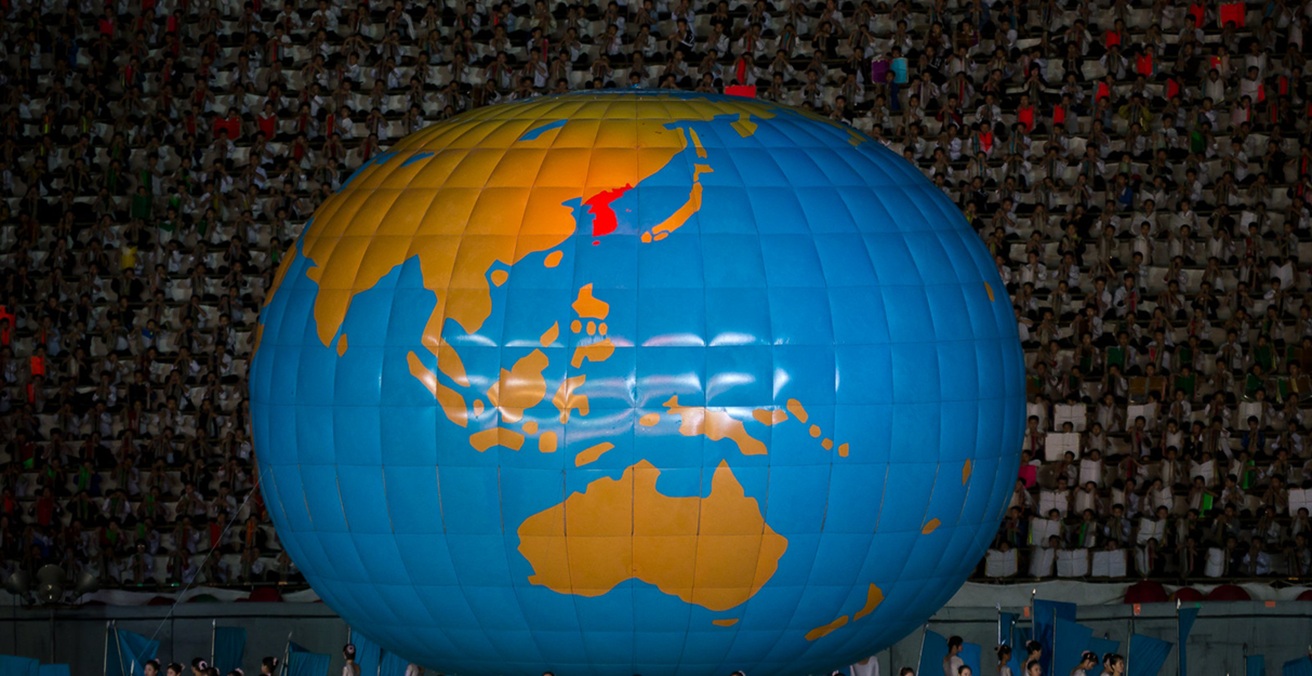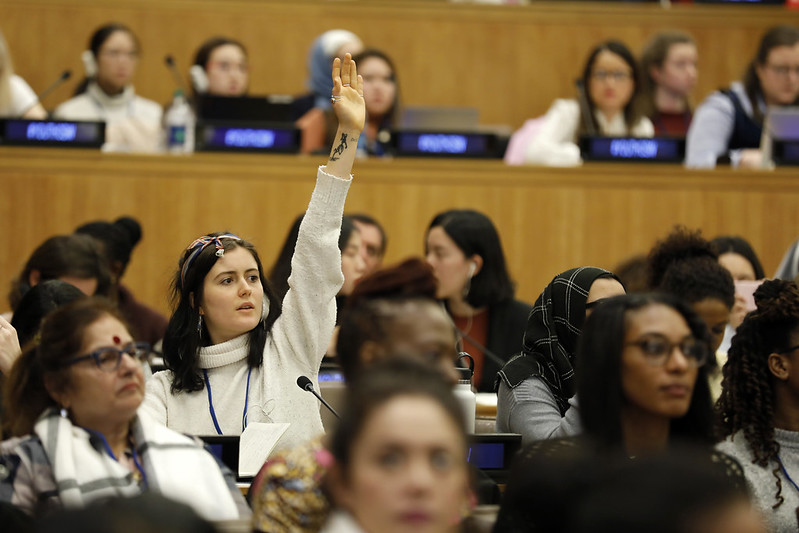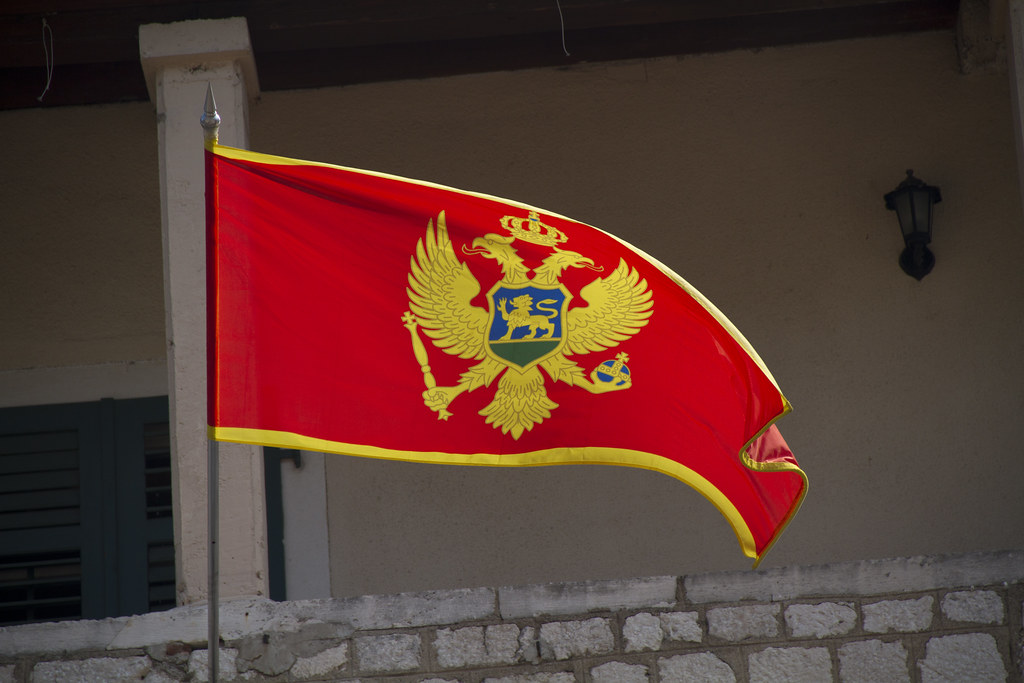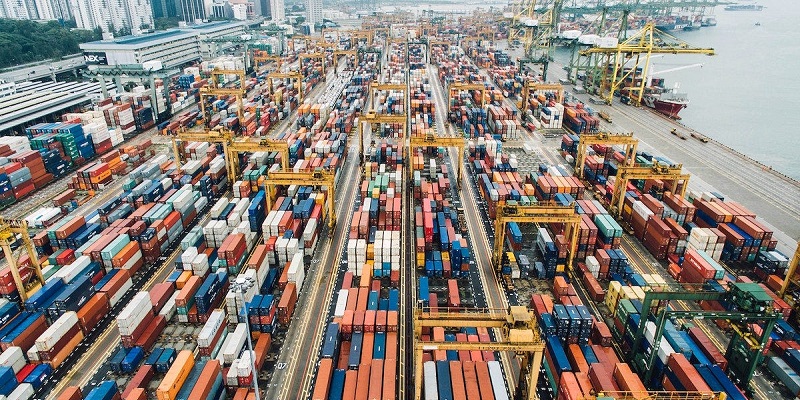As tensions deepen on the Korean Peninsula, Australia’s claim to middle power diplomacy faces a strategic test. How Canberra can move beyond alliance rhetoric to play a more active and balanced role in regional stability and security?
Australia has long identified itself as a “middle power” to exercise influence not through coercion, but through diplomacy, coalition-building, and support for international norms. Yet, nowhere is this narrative more tested than in East Asia, a region that hosts Australia’s top trade partners and contains three of the world’s most volatile flashpoints (the Korean Peninsula, the Taiwan Strait, and the South China Sea).
Among these, the Korean Peninsula remains both a symbol of enduring Cold War legacies and a potential site for strategic transformation. Despite its long-standing alliances and a growing security presence, Australia has struggled to convert this proximity into meaningful influence, raising uncomfortable questions about the limits of middle power posture and the gap between rhetoric and reality.
Trilateral synergy: an untapped strategic triangle
Disagreements between Seoul and Tokyo, rooted in historical grievances and strategic mistrust, have often stalled efforts to present a unified approach toward North Korea. Pyongyang has repeatedly exploited this fragmentation, using diplomatic openings and military provocations to deepen division among US allies.
Australia’s existing bilateral ventures with Japan and South Korea provide a favourable condition to establish a promising trilateral framework that extends beyond security concerns. A trilateral framework that formalises strategic dialogue and coordinates responses to North Korean threats would not only reinforce deterrence but reduce the risk of internal friction within the US-aligned bloc. More importantly, such a framework could broaden the regional security agenda to include economic resilience, technological collaboration, and diplomatic coordination. By stepping into this underdeveloped triangle, Australia could help stitch together a more coherent and resilient Indo-Pacific order.
Deterrence without provocation
The Cold War logic that once helped stabilise the Korean Peninsula, grounded in tight alliance structures and nuclear deterrence, is now under renewed pressure. As Sino-America tensions escalate and China’s “unlimited friendship” with Russia deepens, Pyongyang has seized the opportunity presented by the war in Ukraine to tighten its strategic alignment with Moscow.
This strategic uncertainty has sparked debate in Seoul, Tokyo, and even Taipei about the credibility of US extended deterrence. While former President Joe Biden’s pledge to deploy additional “strategic assets” to the Peninsula provided a measure of short-term reassurance, it also revealed a deeper anxiety that deterrence alone may no longer suffice. Meanwhile, under the current administration, although security commitments remain formally intact, renewed tariff pressure on Asian allies has done little to restore their confidence in the broader alliance framework.
The AUKUS partnership, particularly Australia’s acquisition of nuclear-powered submarines, signals a more forward-leaning defence posture. These capabilities enhance deterrence through stealth and range, crucial in monitoring and responding to North Korean activities. Yet Canberra’s objectives are not identical to those of Washington. As Foreign Minister Penny Wong has noted, Australia’s goal is to contribute to regional equilibrium, not escalation. This distinction matters. Military modernisation should be matched with sustained diplomatic engagement to avoid the very miscalculation or provocation that deterrence seeks to prevent.
ASEAN and the long game of quiet diplomacy
Amid intensifying great power rivalry, ASEAN’s pragmatic, often quiet, diplomacy has proven uniquely durable. Despite ideological differences, several ASEAN states have retained formal ties with North Korea. Pyongyang’s inclusion in the ASEAN Regional Forum, participation in events like the Asian Games, and its outreach during the 2018 Kim-Trump summits all reflect a degree of trust in Southeast Asian intermediaries.
As a trusted partner with strong economic and political linkages in the region, Australia’s engagement with ASEAN offers a low-friction, regionally legitimate pathway to influence Korean Peninsula affairs. The goal is not to normalise relations with a nuclear-armed North Korea or legitimise its regime, but to reinforce norms and reduce the risk of miscalculation. Canberra’s support for ASEAN-led platforms help to keep diplomatic channels open, an insurance policy against escalation in moments of crisis, such as incidents at sea or misunderstood missile launches.
The recent backlash from Pyongyang to Washington’s proposed “Golden Dome” highlights the heightened volatility of the moment. In a tense environment, preserving lines of communication, however limited, becomes more urgent. ASEAN, as a consistently engaged and broadly accepted political actor, is well positioned to deliver clear messaging: while dialogue is open, belligerence will not be normalised. Australia, in turn, can amplify this message without appearing as a “proxy” for Washington.
Yet, this approach is not without tensions of its own. Australia’s strategic alignment through AUKUS and its acquisition of nuclear-powered submarines have drawn mixed reactions from Southeast Asia. While countries like the Philippines and Vietnam have expressed support, or at least ambivalence, others, including Indonesia and Malaysia, have voiced concern. Their unease comes not only from the precedent set by nuclear-powered platforms but from fears that AUKUS could escalate arms competition and deepen US-China rivalry in the region.
Diplomatic engagement is pursued as a means to maintain open lines of communication, far from being a soft or ineffectual stance. It ensures that, even in moments of crisis, such as a maritime incident or a misread missile test, a collective, non-aligned, sans great-power influence channel remains open to defuse tensions, particularly from Pyongyang’s perspective.
By positioning itself not just as a security ally of the US but as a regional partner committed to dialogue and de-escalation, Canberra can help ease anxieties about militarisation while enhancing its own credibility in Southeast Asia. This middle-ground strategy fits both the regional appetite for stability and Australia’s own national interest in preventing further escalation.
Cybersecurity
While attention on the Korean Peninsula centres on nuclear weapons and military posturing, an equally potent but less visible front has emerged in cyberspace. North Korea has become a prolific cyber actor, using state-backed hacking units to steal billions in cryptocurrency, exfiltrate sensitive data, and undermine critical infrastructure. These operations are not merely opportunistic. They fund weapons development, including nuclear capabilities, and pose systemic threats to financial, research, and defence institutions across the Indo-Pacific.
For Australia, the implications are twofold. First, these operations represent a direct threat to the cyber resilience of regional partners and to Australia’s own digital economy, which is increasingly interconnected with Southeast Asia. Second, North Korea’s cyber campaigns expose the limitations of traditional deterrence frameworks built around physical assets and immediate retaliation.
Australia’s response has focused less on punitive capabilities and more on building a web of diplomatic, technical, and institutional safeguards–deterrence-by-denial strategies. Through initiatives like the ASEAN-Australia Cyber Policy Dialogue and ASEAN Defence Ministers’ Meeting Plus (ADMM-Plus) Cyber Experts Working Group, Australia has helped advance regional norms, establish crisis communication protocols, and conduct joint cyber simulations for coordinated cyber response.
These platforms reinforce ASEAN’s unique position as the first regional body to endorse all 11 UN cyber norms. ASEAN’s 2021-2025 Cybersecurity Strategy, which outlines regional ambitions for a rules-based cyber order, highlights Australia as a dialogue partner. The proposed ASEAN Regional Computer Emergency Response Team (CERT) and the information sharing mechanisms it envisions, offer platforms where Australia can support threat detection, attribution, and resilience, which are subtle but strategic contributions to cyber stability.
While these mechanisms do not constitute direct pushback against North Korean cyber aggression, they serve a preventive function to raise the operational and reputational costs for hostile actors. This form of cyber diplomacy is best understood as strategic signalling, where credibility lies not just in capability but in perception. What matters is what hostile actors believe Australia and its partners are willing to defend. North Korea’s increasingly sophisticated, financially motivated cyber operations, including its US$1.5 billion breach of the Bybit exchange in 2025, make the case for a coordinated and enduring response.
Australia’s role is further reinforced through AUKUS Pillar Two, which commits the UK and US to supporting Australia’s development of advanced capabilities in cybersecurity, artificial intelligence, quantum computing, and electronic warfare. These technologies, along with the newly established Indo-Pacific-Transatlantic ties, namely, NATO plus Asia Pacific 4 (Australia, Japan, South Korea, and New Zealand), offer pathways to develop consensus-based cyber norms. While enforcement remains limited, such initiatives signal collective resolve.
In this context, cyber deterrence is less about retaliation and more about resilience. It is about reinforcing a regional order where transparency, collaboration, and norm diffusion shape the strategic environment. For Australia, cyber engagement is not merely technical but is a diplomatic act of trust-building.
Reimagining middle power diplomacy
Australia’s middle power identity stands at a crossroads. In an era of strategic fragmentation and blurred lines between diplomacy and deterrence, its influence will be shaped not just by alliance structures, but by its ability to act with independence, credibly, and consistency.
On the Korean Peninsula, this means stepping beyond rhetorical commitments to peace and taking concrete steps to shape outcomes. The task is not to mediate great power competition, but to mitigate its fallout and uphold a regional order where stability, not submission, prevails.
Chenjun Wang teaches at the University of Sydney and is a researcher at the School of International Studies at Macquarie University. She has been a researcher at Soft Power Analysis and Resource Centre (Macquarie University), a visiting research fellow at the Australian Centre on China in the World (ANU), and as a research assistant with the East Asia Program research team at the Lowy Institute. Her research explores value-based political narratives through an axiological framework, investigating how value objects of affection, utility, aesthetics, and morality interact in contexts of intercultural dialogue and ideological conflict.
This article is published under a Creative Commons License and may be republished with attribution.





